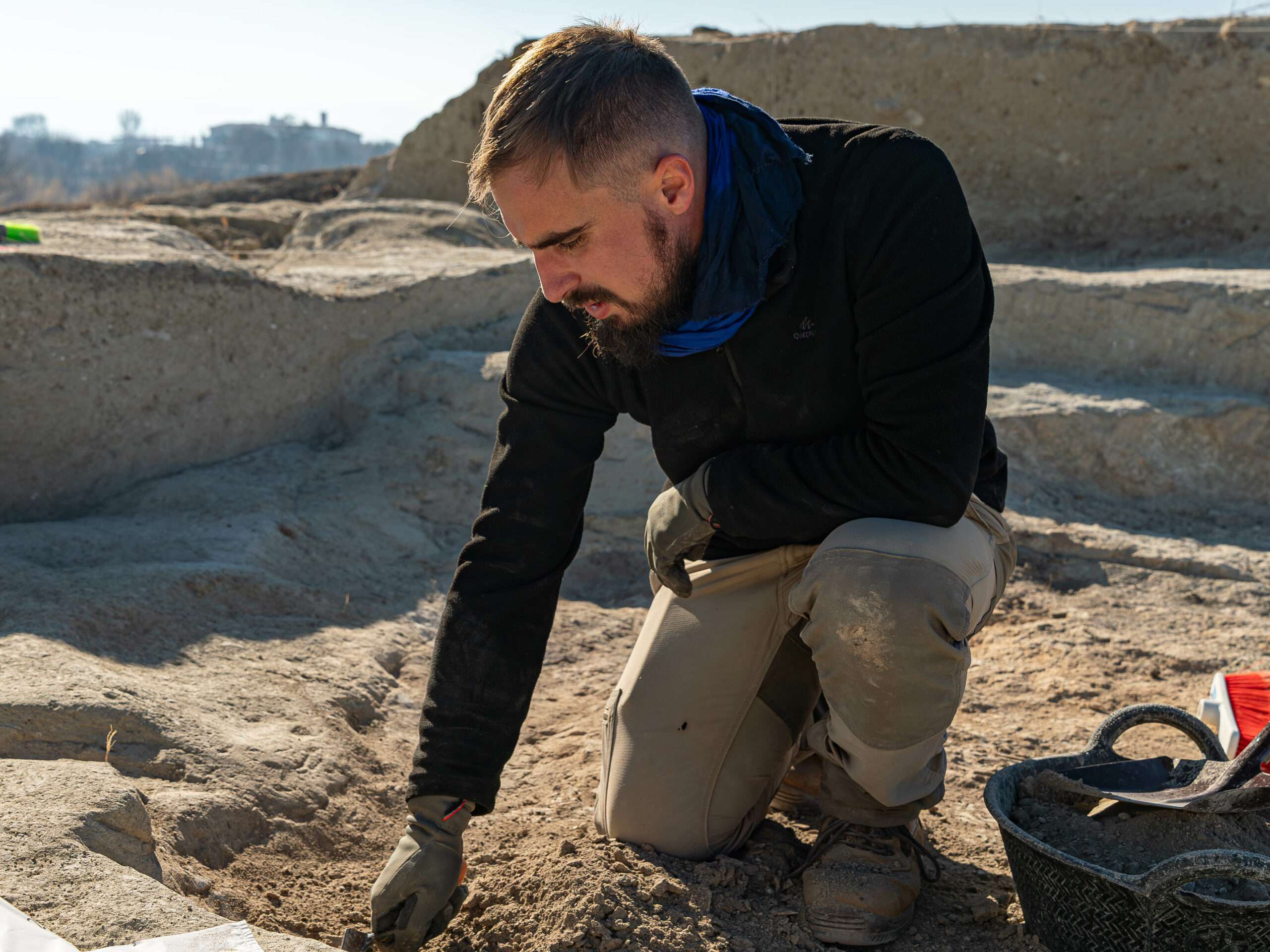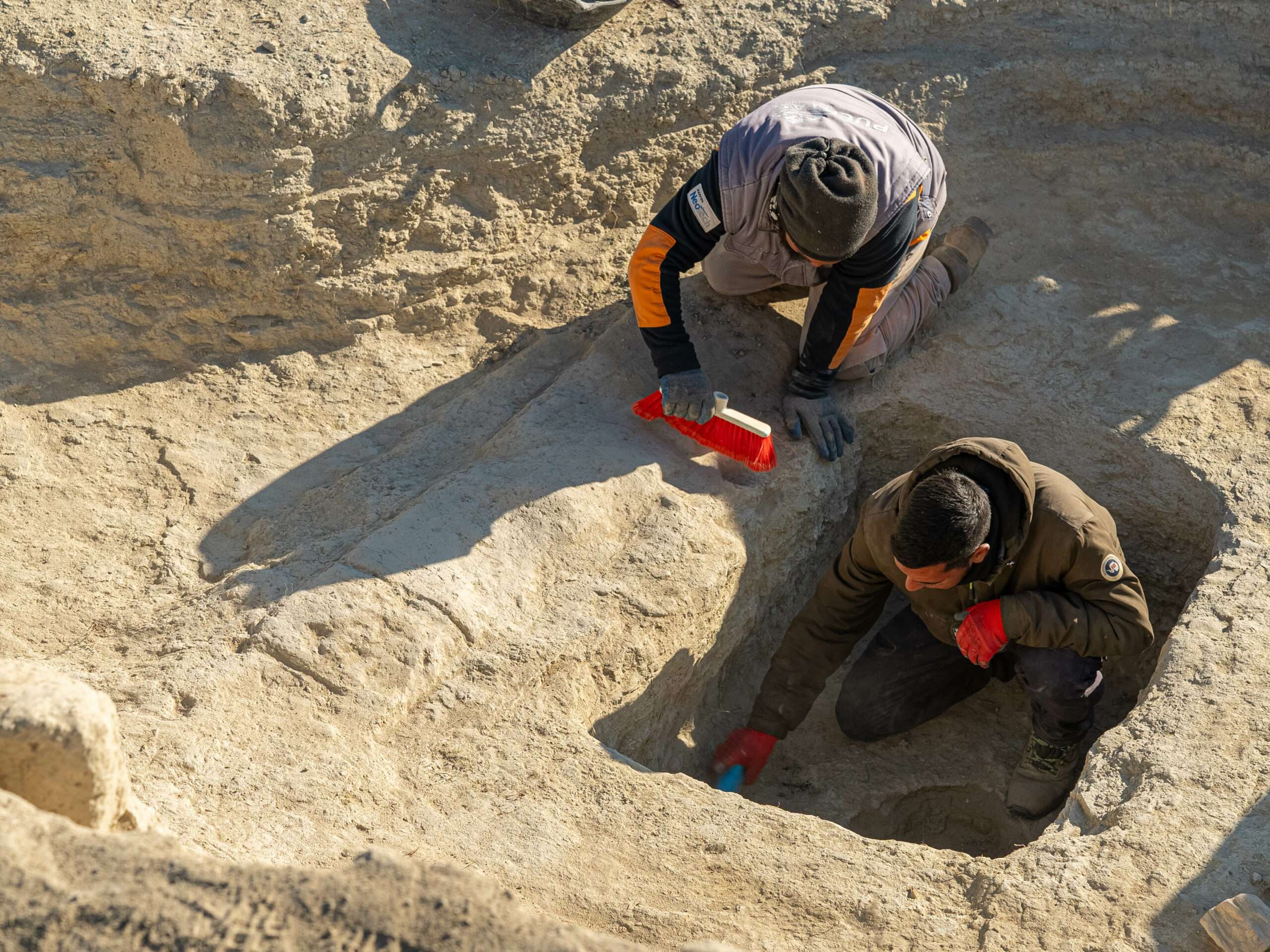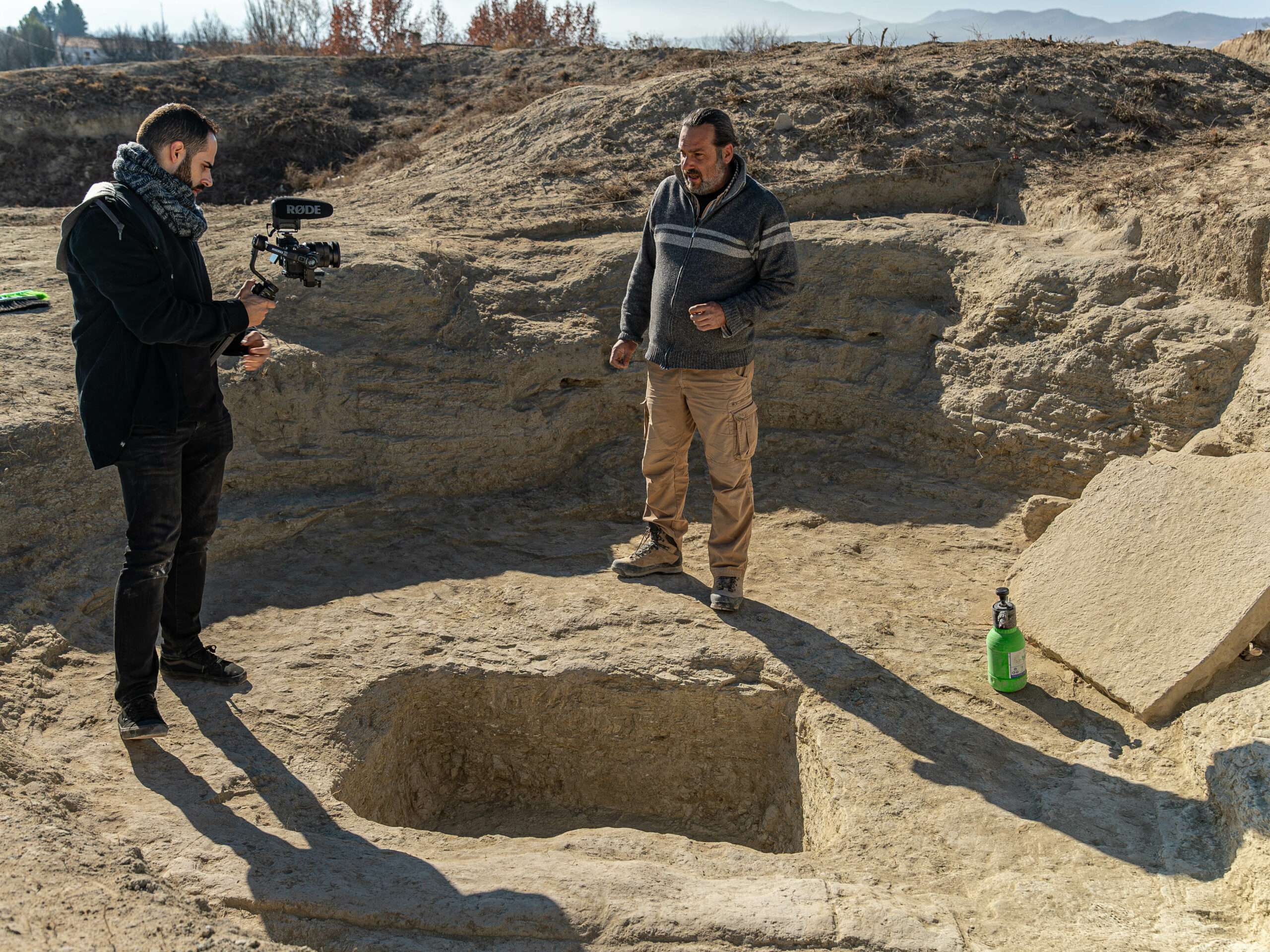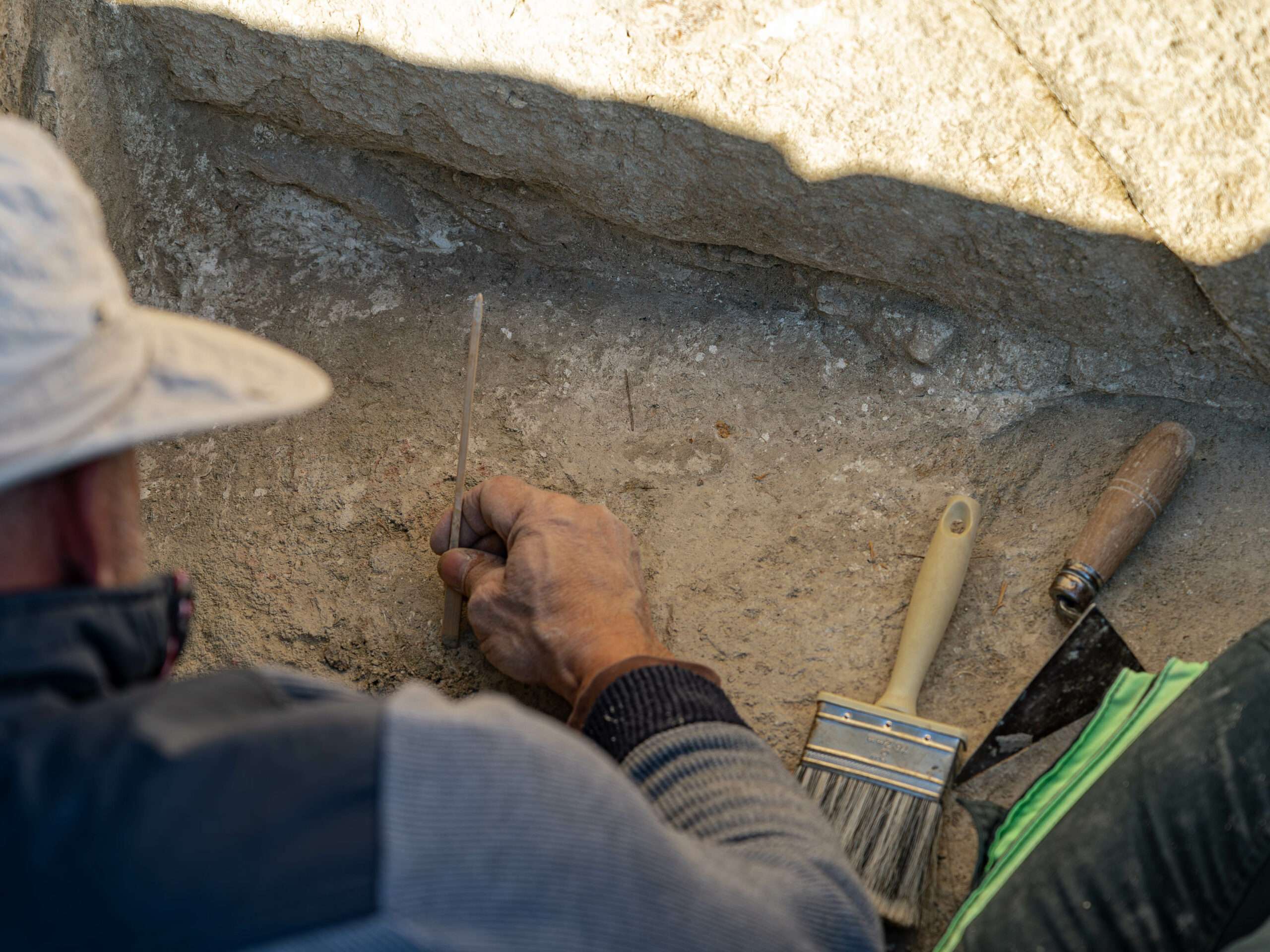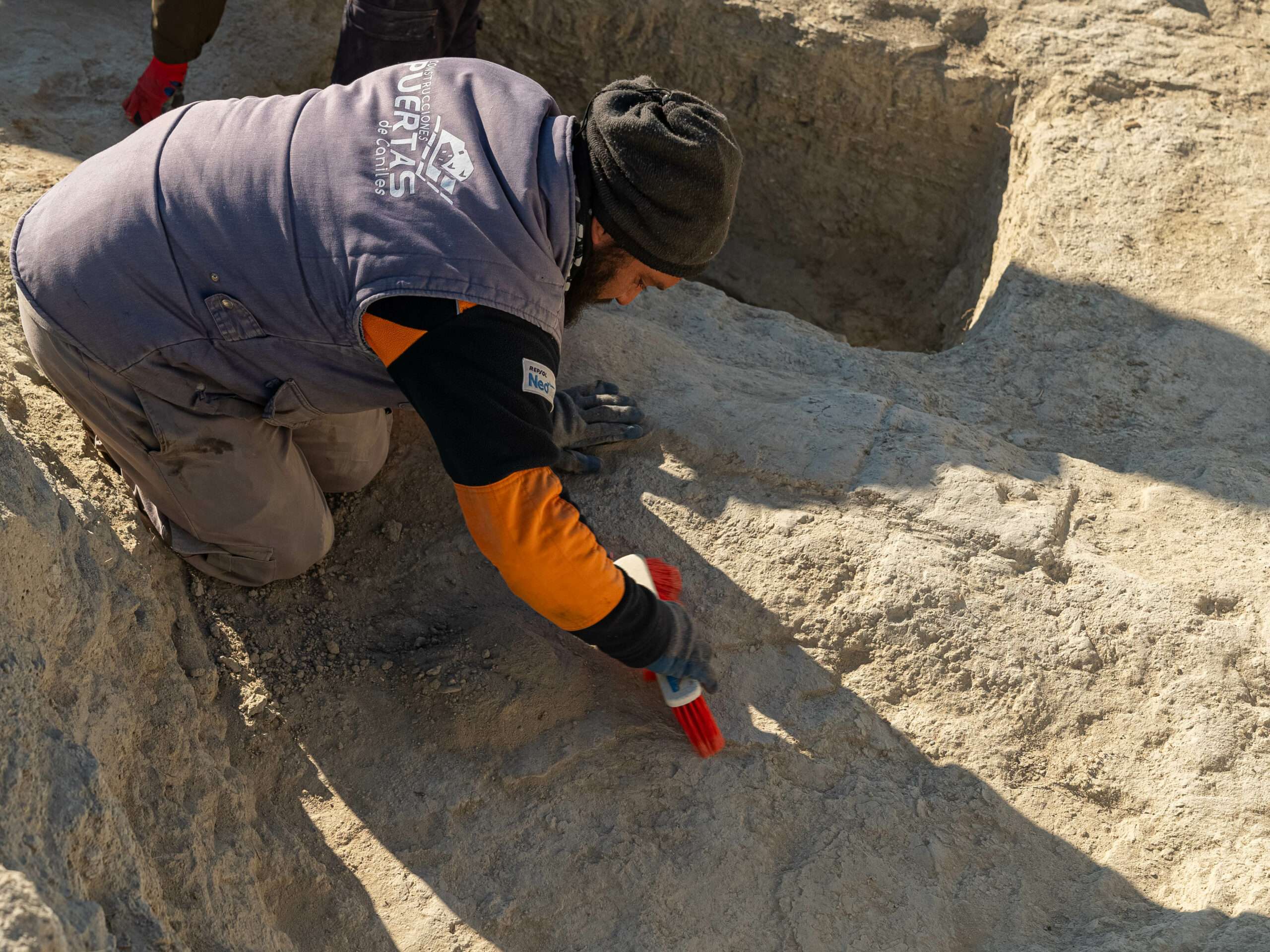TOMB 106
History of the tomb
This tomb is located southeast of tomb 43 and west of tomb 142 and was excavated in 1970. The excavation could only give us the bottom of a high-class tomb, but it was completely stolen and destroyed very early on.
It was built at the bottom of a large round hole and inside the hole an adobe structure was built, of which only two very razed but sufficiently visible walls remain, which formed the exterior delimitation of the burial.
Within them was the cist itself, of which only a fallen stone and the slab at the bottom of the tomb remain in situ. It is curious that the slab at the bottom did not fit with the slab except in a relative way and between the two there is a difference in level of 0.40 m. It is estimated that the dimensions of the tomb were 2 meters wide measured by the outside of the adobe walls, by 2.40 meters high. The interior dimensions of the cist are estimated to be around 2 m. wide by 1.50 m. High.
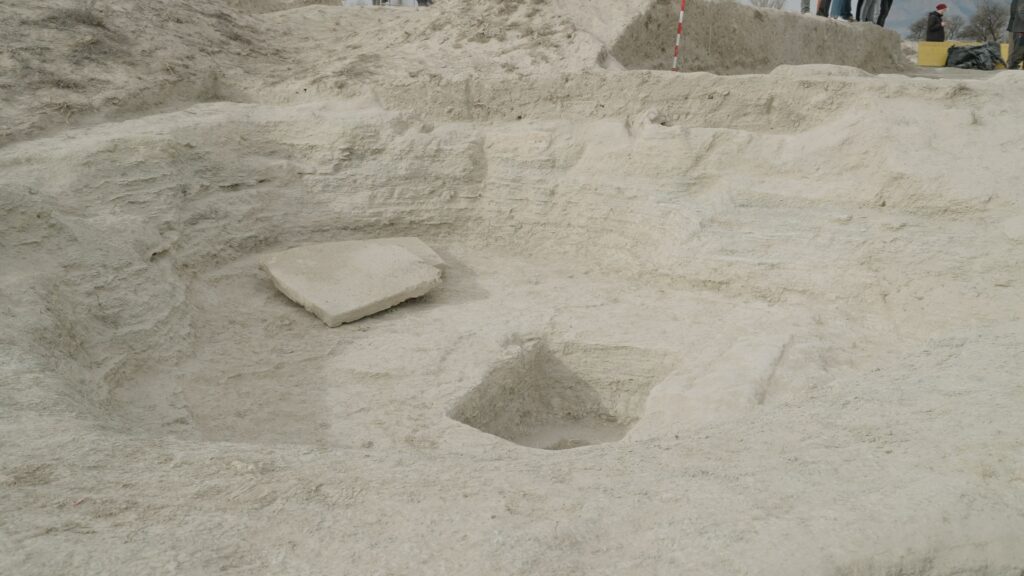
In its first re-excavation, this tomb was already plundered, that is, it did not preserve any cremation remains or intact tomb in any of its parts. With the second re-excavation, its space was reinterpreted, since the construction was different from what Presedo stipulated, which documented the remains of adobe on the sides of the tomb and the existence of other tombs in the surrounding area. The tombs on the periphery are located at a higher level, and in principle, they did not provide any information other than a considerable evolution in the space of the necropolis.
– Cista: Burial that consists of four side slabs and a fifth that acts as a cover.
– Slab: Stone fragment, partially exsquared.
– Jabaluna: Native limestone with a dark color, like that of wild boar, when wet.
– Trousseau: Set of artifacts that accompany the deceased during his burial.
– Necropolis: Large cemetery in which funeral monuments abound.
Infographic and view of the tomb
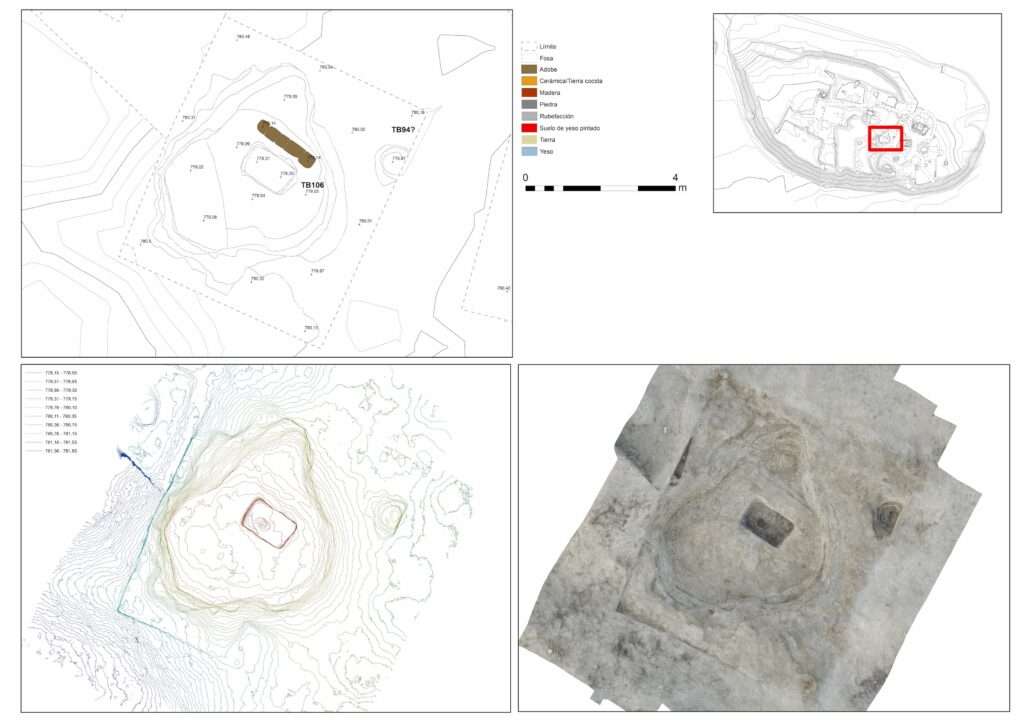
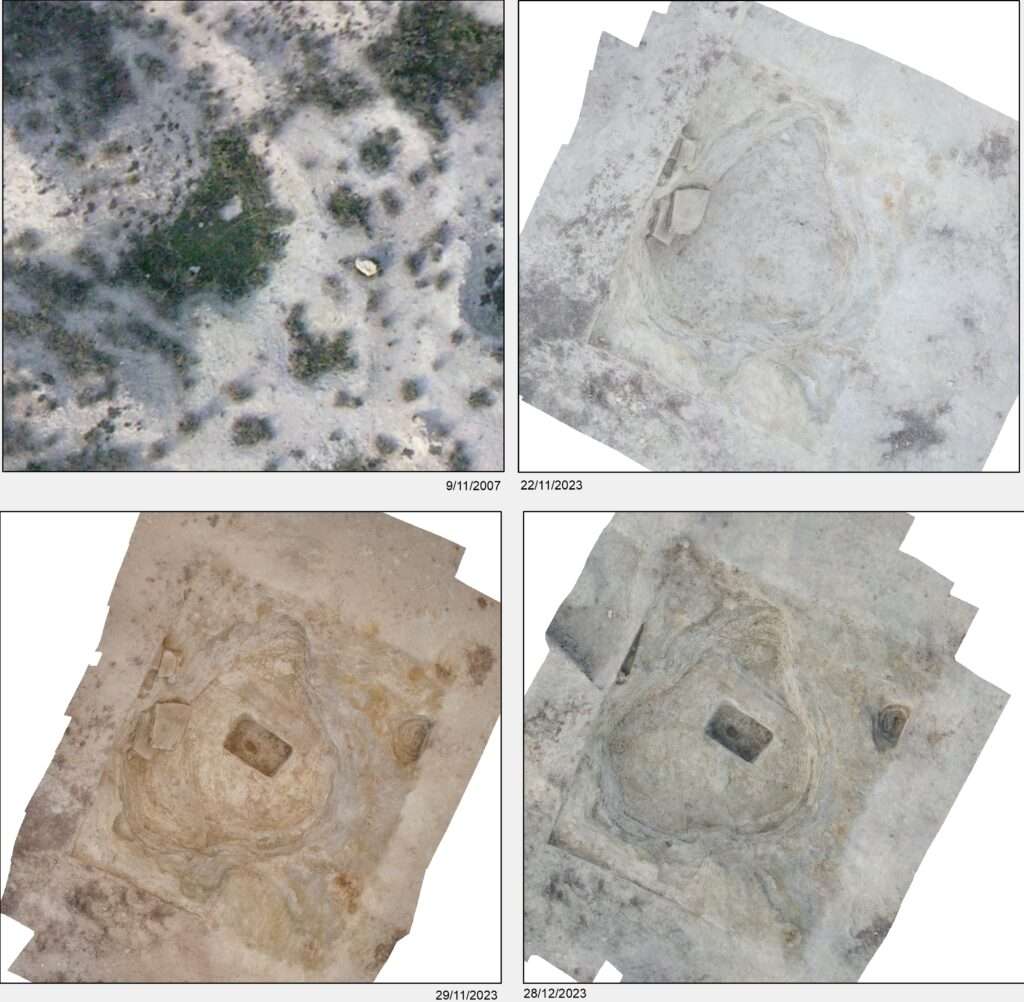
GALLERY
